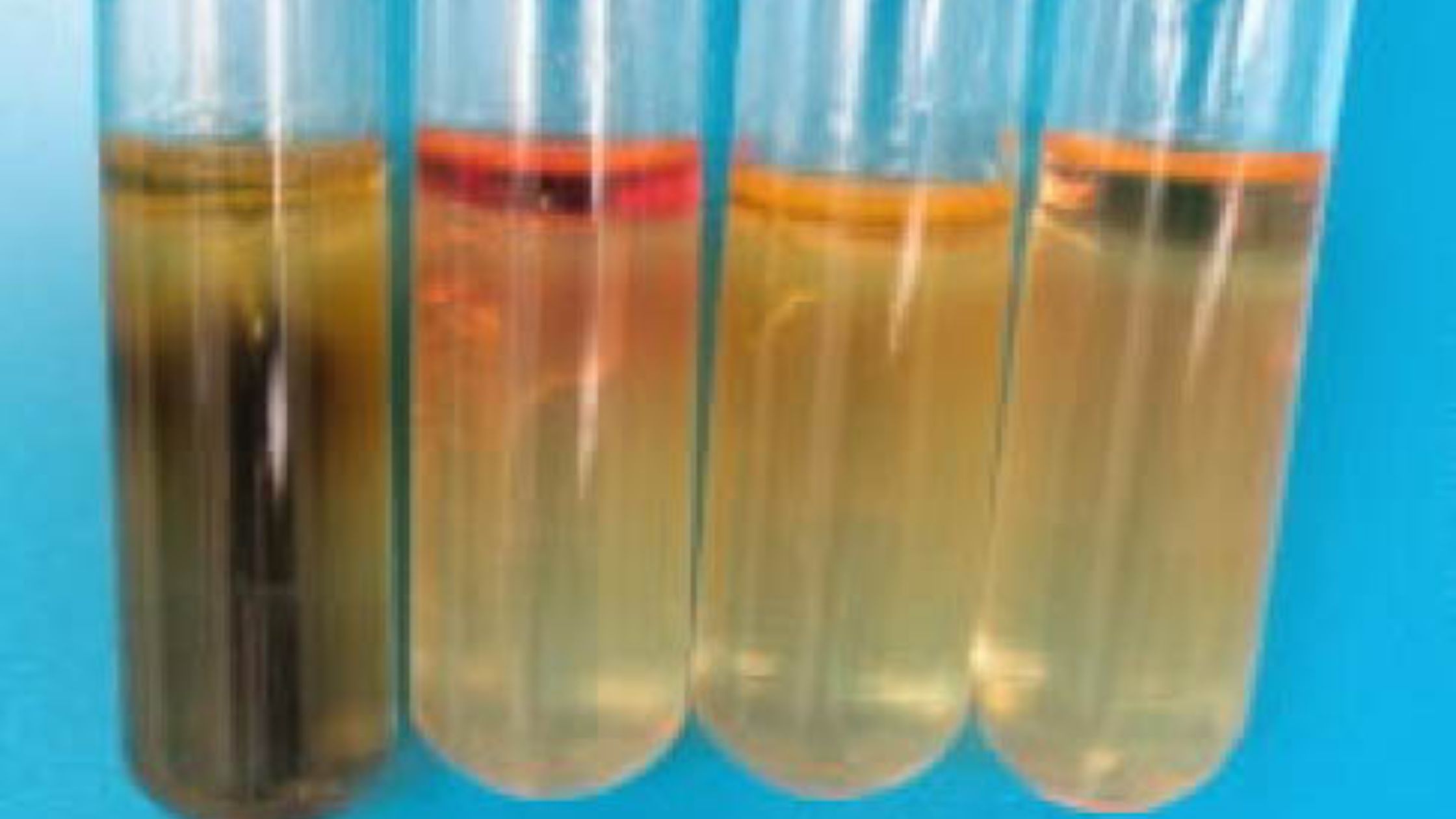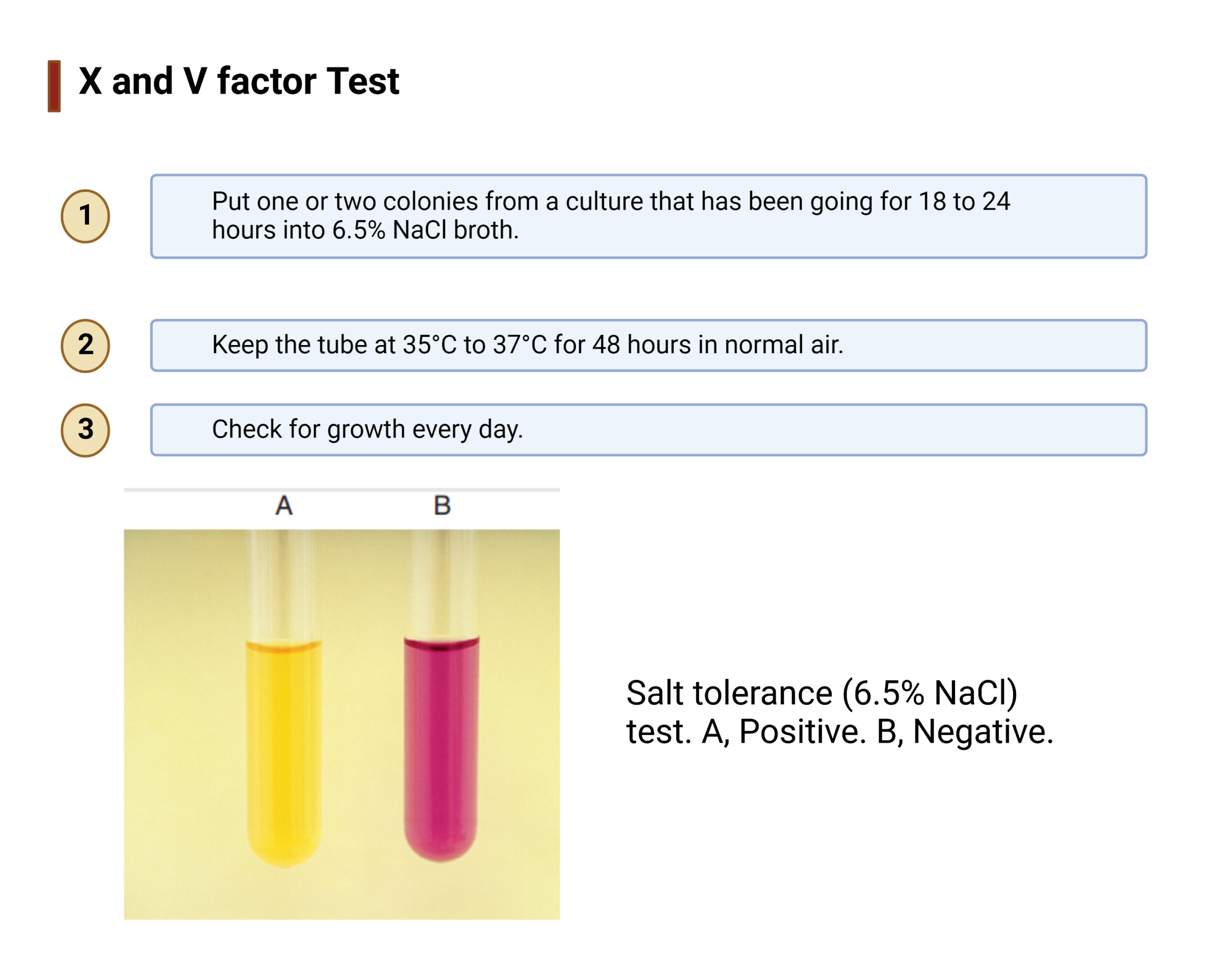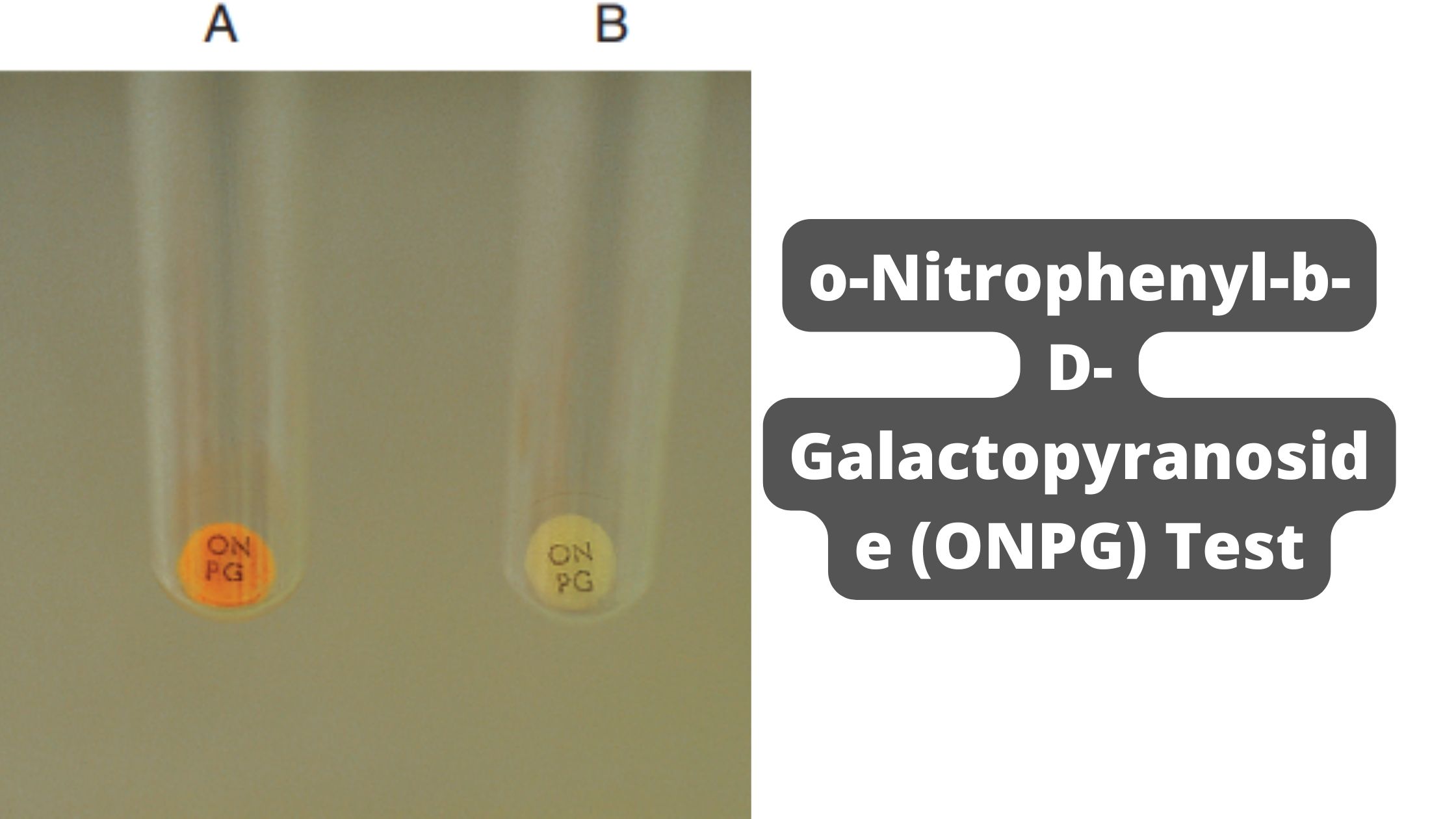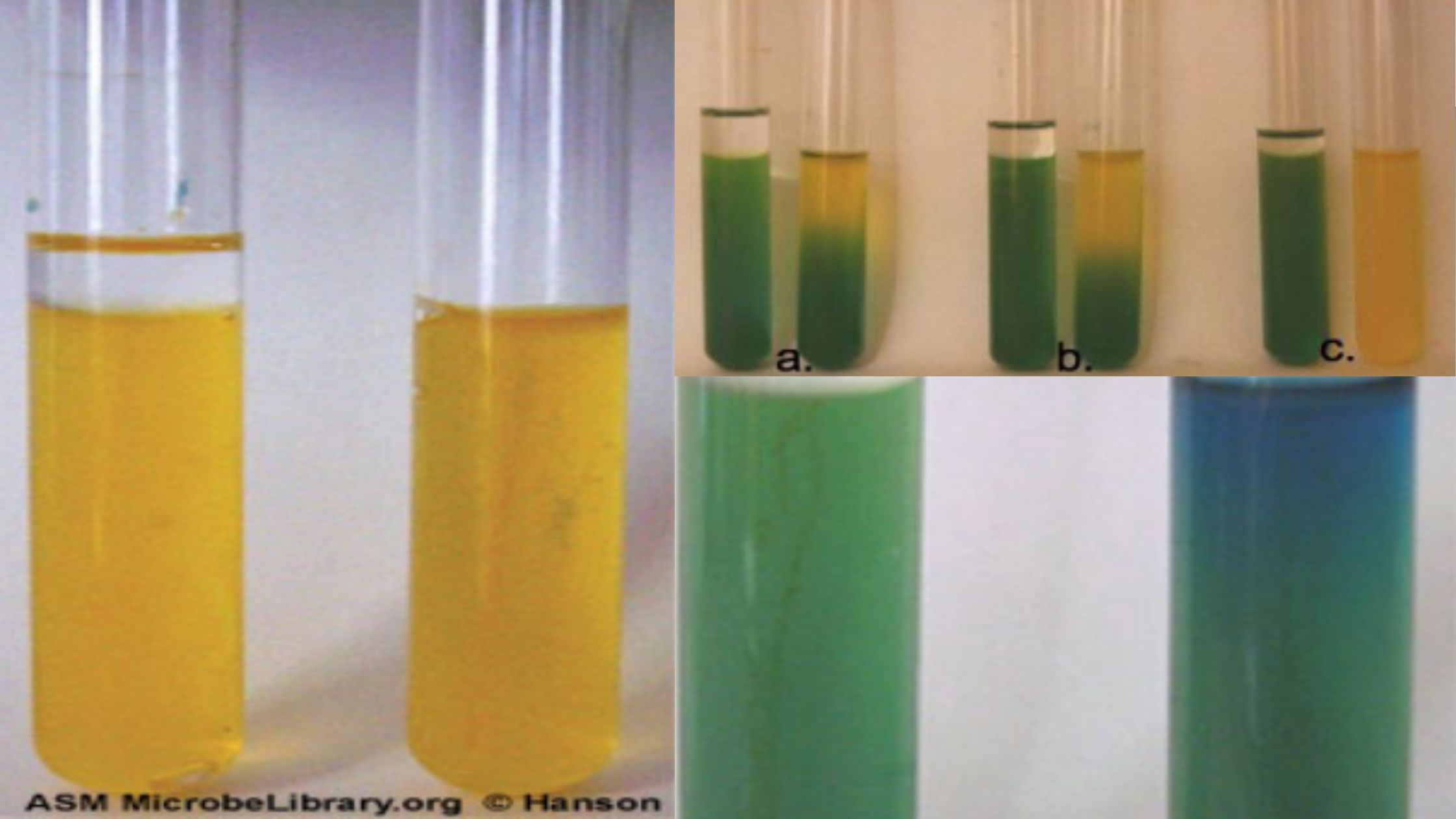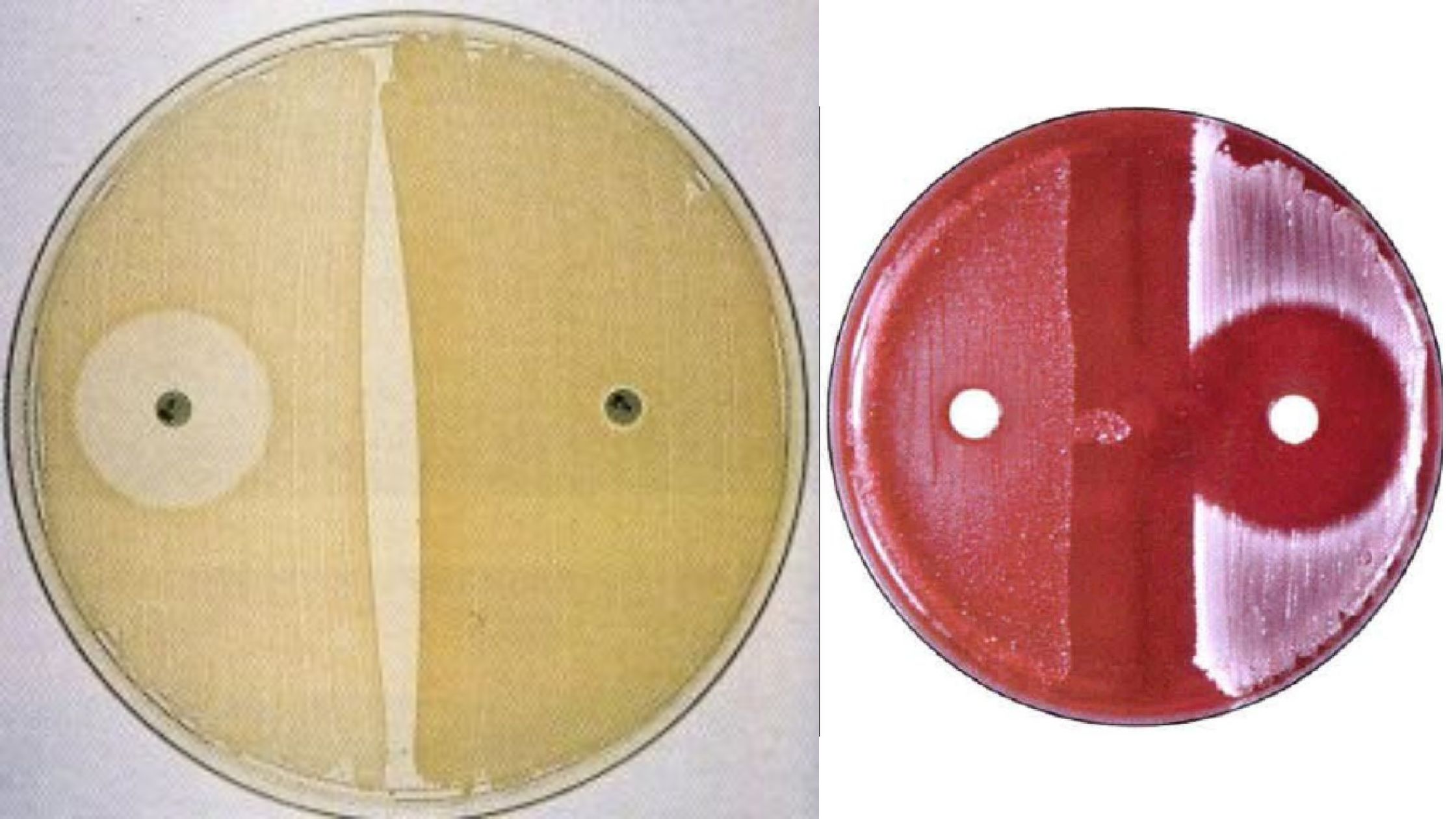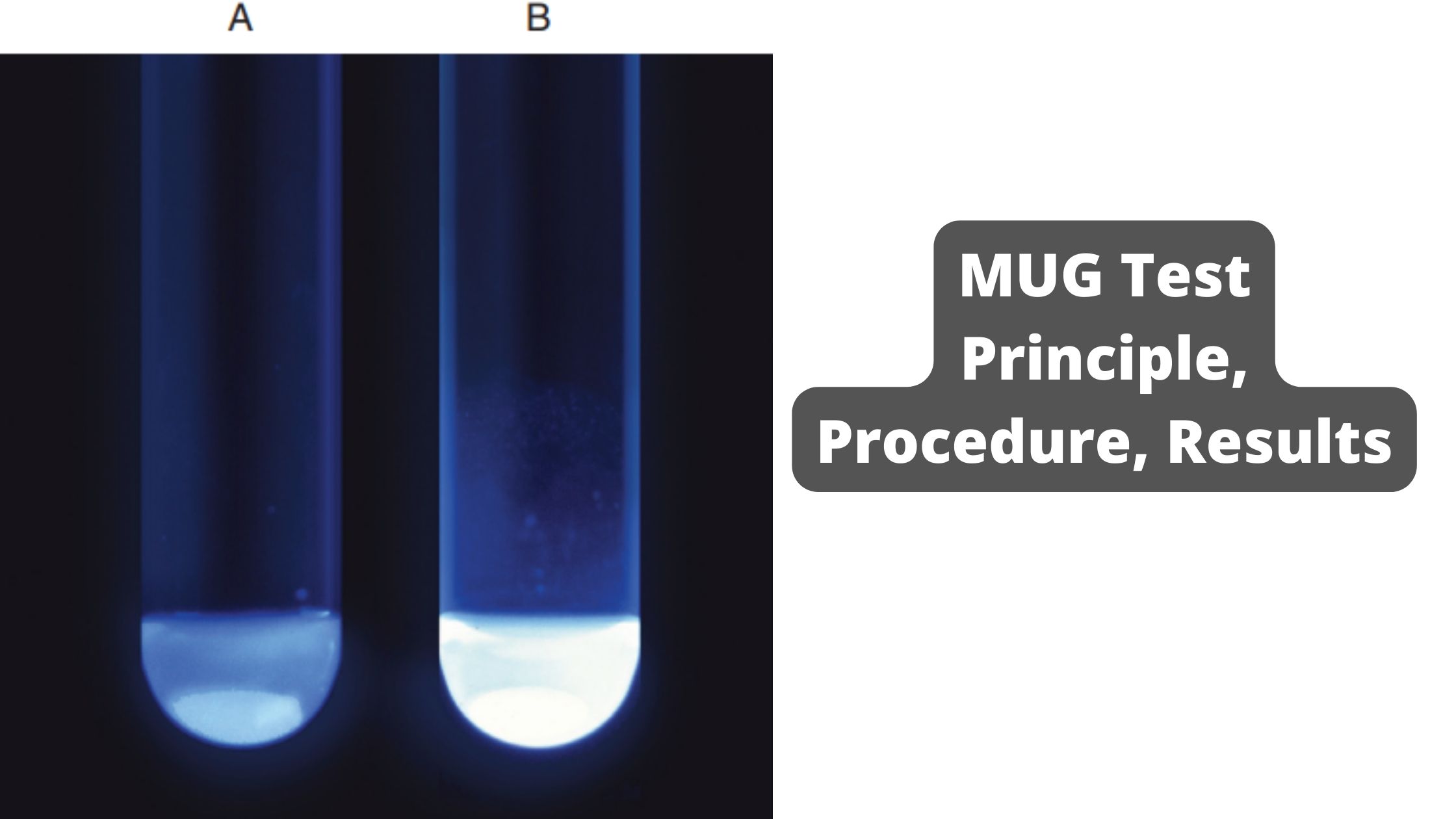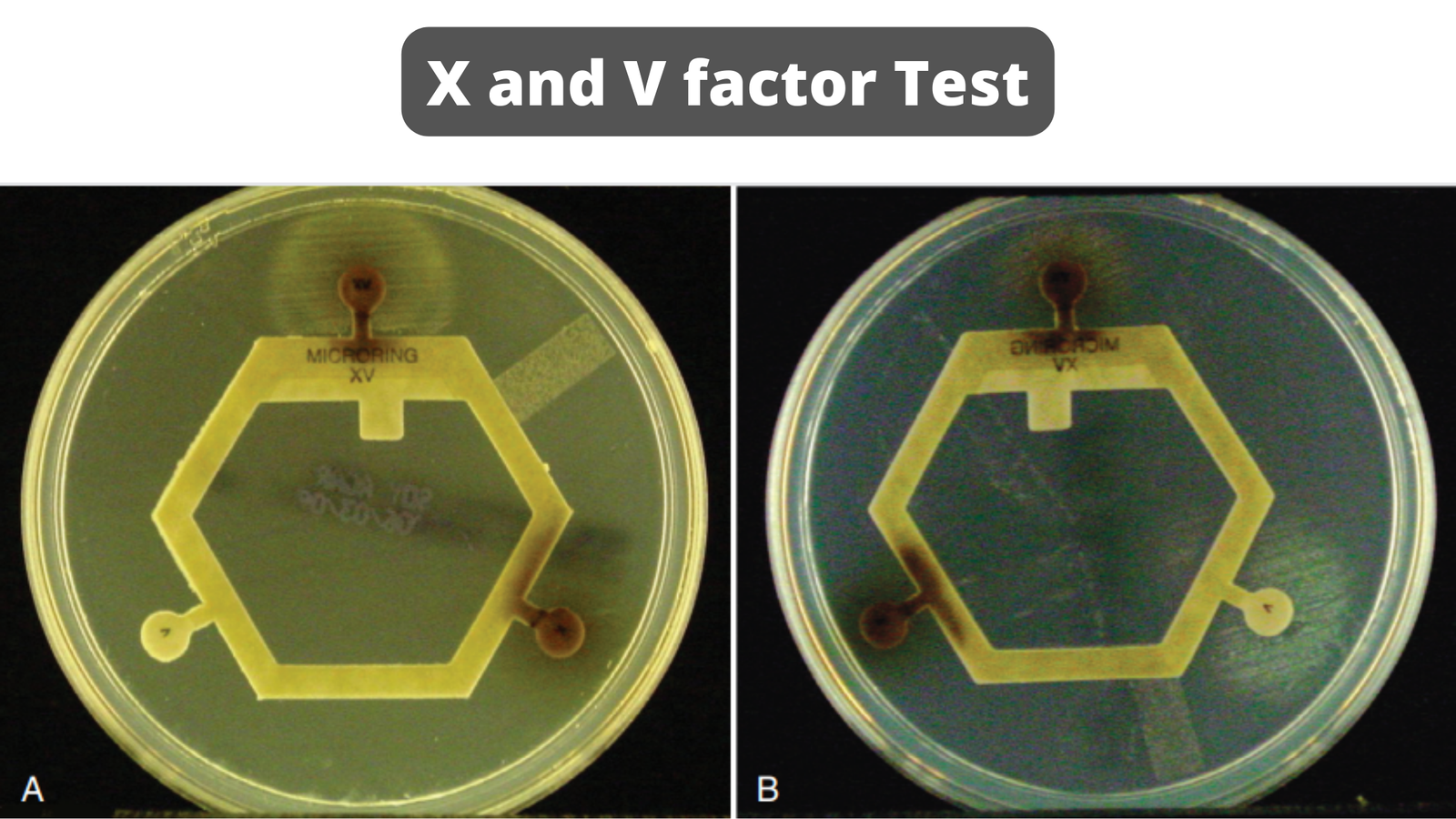Sulfur Reduction Test – Principle, Purpose, Procedure, Result
What is Sulfur Reduction Test? Definition of Sulfur Reduction Test The Sulfur Reduction Test is a biochemical assay used to determine the ability of microorganisms to metabolize sulfur-containing compounds, resulting in the production of hydrogen sulfide (H2S) gas. This test aids in differentiating and identifying bacterial species based on their sulfur-reducing capabilities. Objective of Sulfur … Read more
